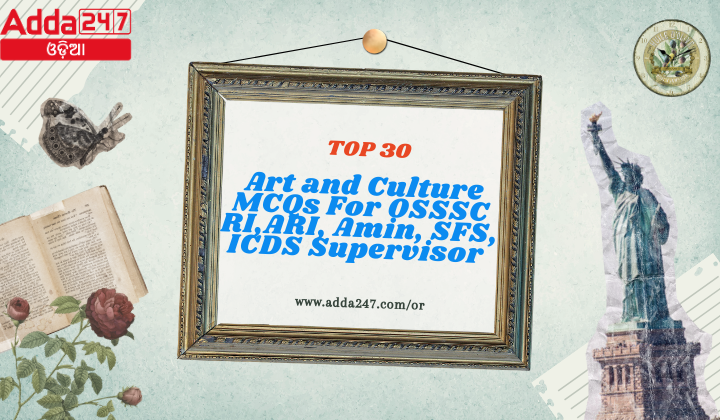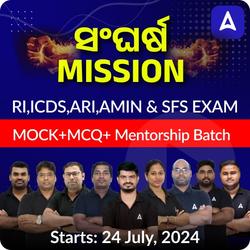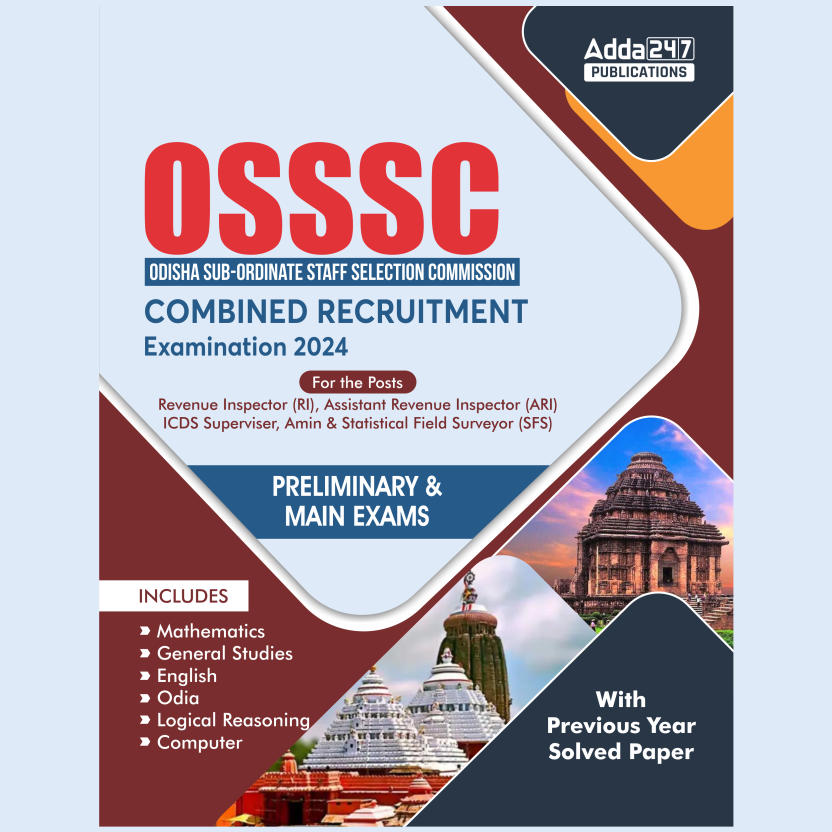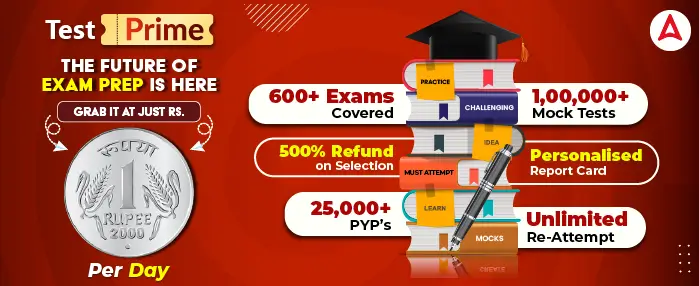Top 30 Art and Culture MCQS For OSSSC RI,ARI, Amin, SFS, ICDS Supervisor
- Giddha is a folk dance associated with which region?
(a) Gujarat
(b) Kerala
(c) Punjab
(d) Karnataka
Answer: (c) Punjab - Ghoomar is traditionally performed by women from which Indian state?
(a) Maharashtra
(b) Rajasthan
(c) Uttar Pradesh
(d) West Bengal
Answer: (b) Rajasthan - Garba, a dance performed in a circle with batons, originates from which state?
(a) Tamil Nadu
(b) Gujarat
(c) Punjab
(d) Bihar
Answer: (b) Gujarat - Dandiya Ras, known for its vigorous movements and use of batons, is a traditional dance of which state?
(a) Gujarat
(b) Maharashtra
(c) Rajasthan
(d) Kerala
Answer: (a) Gujarat - Lavani, a popular dance form known for its powerful rhythms and traditional attire, is from which state?
(a) Odisha
(b) Gujarat
(c) Maharashtra
(d) Karnataka
Answer: (c) Maharashtra - Nautanki, a traditional folk theatre form, is prevalent in which states?
(a) Tamil Nadu, Kerala, Andhra Pradesh
(b) Rajasthan, Uttar Pradesh, Bihar
(c) Gujarat, Maharashtra, Karnataka
(d) Punjab, Haryana, Himachal Pradesh
Answer: (b) Rajasthan, Uttar Pradesh, Bihar - Bhavai, a traditional dance-drama, is performed in which Indian state?
(a) Gujarat
(b) Madhya Pradesh
(c) West Bengal
(d) Rajasthan
Answer: (a) Gujarat - Tamasha is a traditional folk theatre from which Indian state?
(a) Gujarat
(b) Maharashtra
(c) Karnataka
(d) Tamil Nadu
Answer: (b) Maharashtra - Jatra, a popular form of folk theatre, is associated with which regions?
(a) Kerala, Karnataka, Tamil Nadu
(b) West Bengal, Odisha, Bihar
(c) Rajasthan, Gujarat, Punjab
(d) Maharashtra, Uttar Pradesh, Haryana
Answer: (b) West Bengal, Odisha, Bihar - Yakshagana, known for its elaborate costumes and expressive dance, is from which Indian state?
(a) Kerala
(b) Karnataka
(c) Andhra Pradesh
(d) Tamil Nadu
Answer: (b) Karnataka - Which of the following is not a work by Kalidasa?
(a) Abhijnanashakuntala
(b) Vikramorvashi
(c) Malavikagnimitra
(d) Mudrarakṣhasa
Ans: (d) Mudrarakṣhasa - Who wrote “Raghuvamsha”?
(a) Vishakhadatta
(b) Kalidasa
(c) Bhasa
(d) Bharavi
Ans: (b) Kalidasa - What is the meaning of “Mudrarakṣhasa”?
(a) The Little Clay Cart
(b) The Ring of the Demon
(c) The Tale of the Ten Princes
(d) The Adventures of Shakuntala
Ans: (b) The Ring of the Demon - Who among the following is both a king and a poet?
(a) Kalidasa
(b) Bhasa
(c) Shudraka
(d) Harisena
Ans: (c) Shudraka - Which play is attributed to Shudraka?
(a) Mrichchhakatika
(b) Vikramorvashi
(c) Malavikagnimitra
(d) Meghaduta
Ans: (a) Mrichchhakatika - Who wrote the poems praising the bravery of Samudra Gupta?
(a) Kalidasa
(b) Harisena
(c) Dandin
(d) Bharavi
Ans: (b) Harisena - Which of the following works was written by Bhasa?
(a) Kavyadarshana
(b) Rāvaṇavadha
(c) Nitishatak
(d) None of the above
Ans: (d) None of the above - “Kiratarjuniya” is associated with which writer?
(a) Magha
(b) Bhatrihari
(c) Bharavi
(d) Ishwar Krishna
Ans: (c) Bharavi - Who is the author of “Dasakumarcharita”?
(a) Bhatti
(b) Dandin
(c) Vyasa
(d) Vatsyayana
Ans: (b) Dandin - Which work is attributed to Vatsyayana?
(a) Sankyakarika
(b) Vakyapadiya
(c) Nyaya Sutra Bhashya
(d) Sisupala
Ans: (c) Nyaya Sutra Bhashya - Odissi is a classical Indian dance form originating from which state?
(a) Kerala
(b) Karnataka
(c) Odisha
(d) Tamil Nadu
Ans. (c) Odisha - Odissi is considered a dance of which theme?
(a) War
(b) Harvest
(c) Love
(d) Devotion
Ans. (c) Love - The dance style called Odhra Magadha is associated with which classical dance form?
(a) Bharatanatyam
(b) Kathakali
(c) Kuchipudi
(d) Odissi
Ans. (d) Odissi - Which ancient text mentions Odhra Magadha as a southeastern style of classical dance?
(a) Vedas
(b) Ramayana
(c) Natya Shastra
(d) Mahabharata
Ans. (c) Natya Shastra - In which century can archaeological evidence of Odissi be found in the caves of Khandagiri and Udayagiri?
(a) 1st century
(b) 2nd century
(c) 3rd century
(d) 4th century
Ans. (b) 2nd century - Which stances form the basis of Odissi dance movements?
(a) Chowk and Tribhanga
(b) Mudra and Hasta
(c) Tandava and Lasya
(d) Nritta and Abhinaya
Ans. (a) Chowk and Tribhanga - The Chowk stance in Odissi is described as which of the following?
(a) Feminine and delicate
(b) Masculine and balanced
(c) Elegant and flowing
(d) Rigid and symmetrical
Ans. (b) Masculine and balanced - What kind of position is the Tribhanga in Odissi?
(a) A balanced stance with squared shoulders
(b) A feminine posture with three bends
(c) A neutral standing position
(d) A rigid and straight posture
Ans. (b) A feminine posture with three bends - Which texts are significant for the stylization of Odissi dance?
(a) Vedas and Upanishads
(b) Natya Shastra and Abhinaya Darpana
(c) Ramayana and Mahabharata
(d) Sangam literature
Ans. (b) Natya Shastra and Abhinaya Darpana - Odissi dance is often depicted in sculptures from which periods?
(a) 1st to 3rd century
(b) 2nd to 10th century
(c) 3rd to 5th century
(d) 4th to 6th century
Ans. (b) 2nd to 10th century










